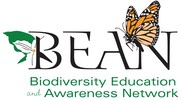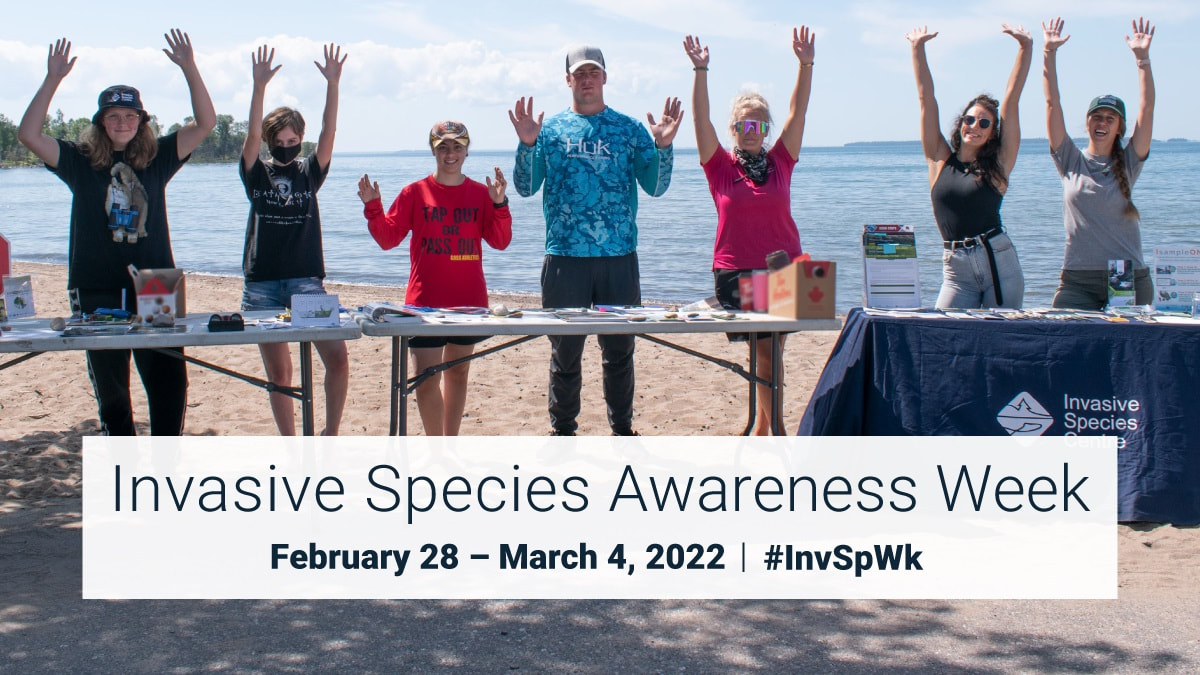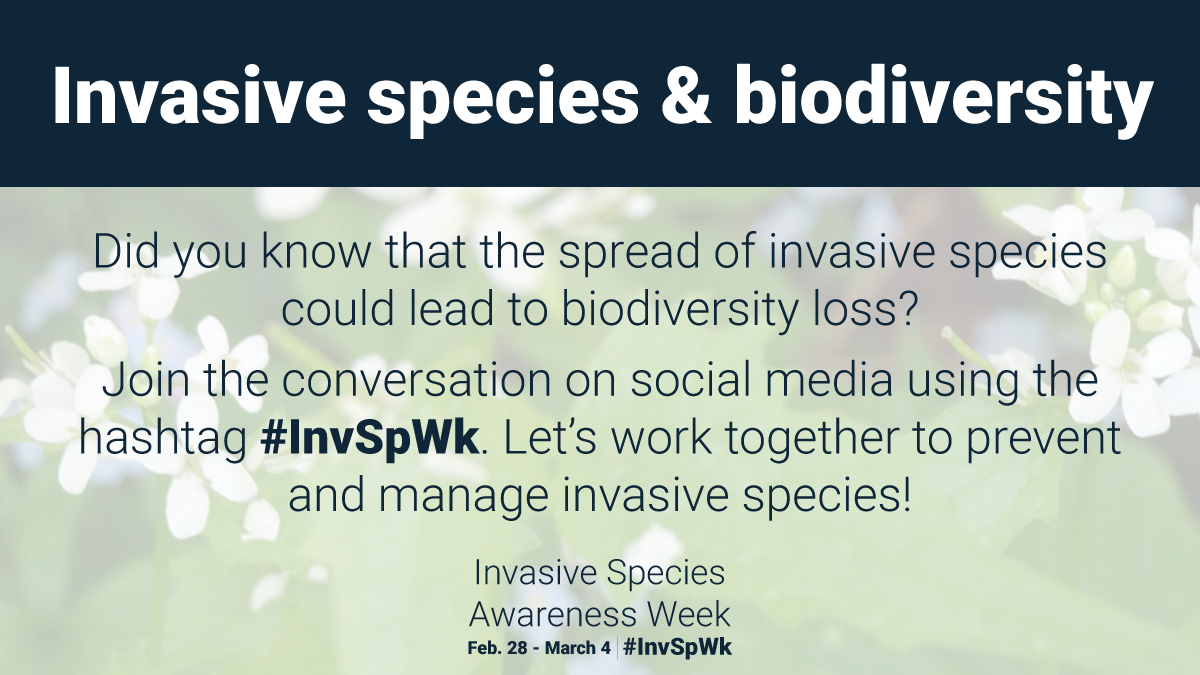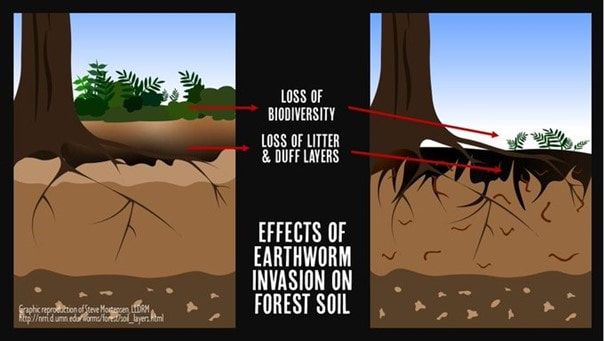|
By Tera Shewchenko, Science Writer and Development Coordinator Intern, Invasive Species Centre Invasive Species Awareness Week (ISAW) is coming up soon! Running from February 28th to March 4th, 2022, ISAW is a digital media campaign that aims to provide resources for learning and to spark discussion on invasive species issues. Whether you’re an environmentalist, an educator or just want to know more, this is an excellent opportunity to learn and get involved. Invasive species are organisms that have been introduced to an ecosystem outside of their native range and pose a risk to the local ecology, economy or society. During ISAW discover how individuals can help keep our environment free of invasive species, it can be as simple as cleaning your boat, not moving firewood, or reporting a sighting. This important week will also allow us to recognize the hard work of professionals and volunteers in the management of invasive species such as phragmites and many more! Learn Something New Every Day with Daily Themes! Each day of Invasive Species Awareness Week will focus on a different aspect of invasive species. From management to environmental impacts, there’s something new to learn each day! The lineup includes:
Protect BiodiversityThursday, March 3rd, will draw attention to the consequences of the spread of invasive species to biodiversity. The spread and introduction of invasive species is commonly regarded as one of the five direct drivers of biodiversity loss, alongside climate change, habitat destruction, pollution and overexploitation. Invasive species can contribute to biodiversity loss in many ways including through the reduction of critical habitat, outcompeting native species, and infecting, wounding or parasitizing species at risk. This has the potential to greatly reduce native species populations and can lead to changes in species composition and ecosystem functions. Invasive species often possess characteristics that help them outcompete or overwhelm native species including fast growth and reproduction, and a lack of natural predators. Native species infected by invasive pathogens often lack defense mechanisms against them, furthermore some invasive plants such as dog-strangling vine can even release chemicals into the soil through a process called allelopathy which discourages other plants from growing nearby. Get to Know Some Invasive Threats to Biodiversity Here are a few examples of invasive species threatening biodiversity in Canada. Invasive phragmites is an aquatic plant that outcompetes and crowds out native plants. This creates large, monoculture (single plant) stands of phragmites that replace food sources for native species and whose rigid stalks hinder the movement of wildlife, leading to further biodiversity loss. Oak wilt is an invasive pathogen that infects and kills oak trees, with the potential to quickly reduce oak tree populations. Oak trees produce acorns, an important food supply for many forest species and the loss of this environmental service can result in cascading effects on biodiversity. Asian carp pose a threat to native biodiversity in Canadian waters through their potential to alter habitat, compete with native fishes for resources, and act as carriers for diseases or parasites. Earthworms, such as jumping worms are another, more subtle, invasive species that impact forest biodiversity by consuming the layers of soil and creating a dense underlayer that leads to plant mortality and loss of biodiversity. Spread the Word not the Species You can get involved in the Invasive Species Awareness Week campaign by liking and sharing or retweeting posts created by participating organizations, or creating your own posts, using the hashtag #InvSpWk during ISAW. Follow the Invasive Species Centre on Facebook, Twitter, Instagram and LinkedIn to see posts all week!
Check out the Invasive Species Awareness Week Campaign Toolkit which contains read-to-use promotional material that you can use to help spread the word. For teachers, you can find available materials for your classroom such as these invasive species educational resources for grades 1, 2 & 3, grades 4, 6 & 7 and grade 12. In the spirit of education and discussion, from February 28th to March 4th, 2022, let’s get #InvSpWk trending.
0 Comments
Leave a Reply. |
AuthorWrite something about yourself. No need to be fancy, just an overview. Archives
July 2024
Categories |




 RSS Feed
RSS Feed
